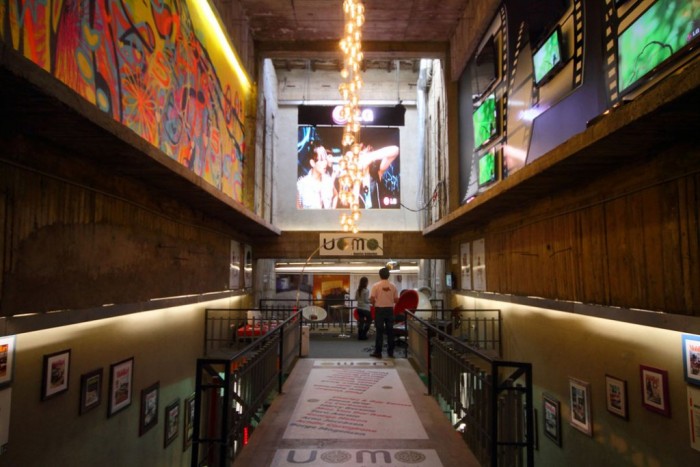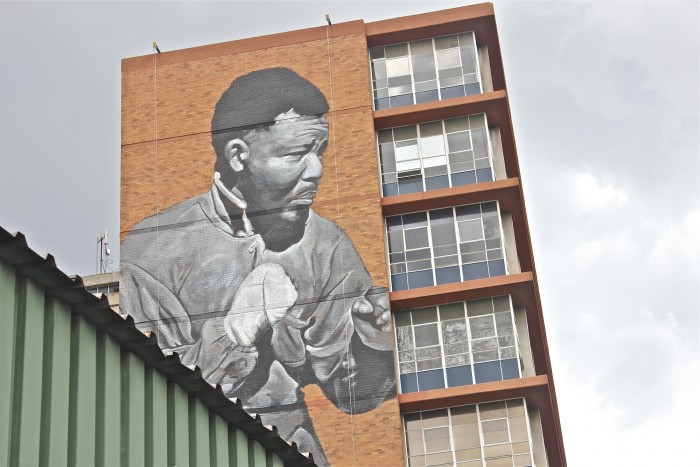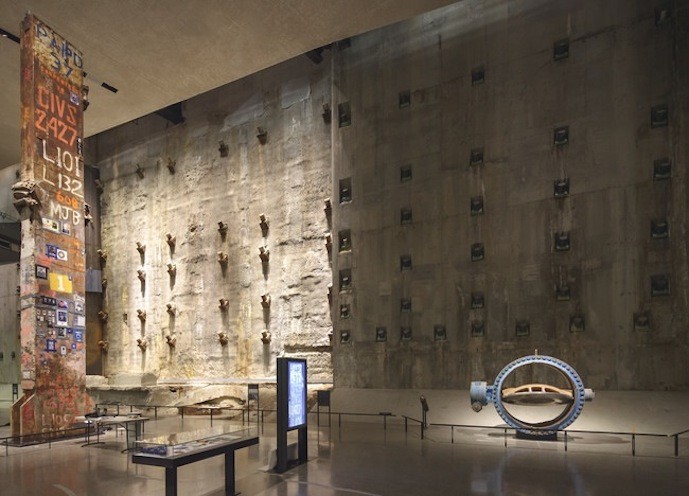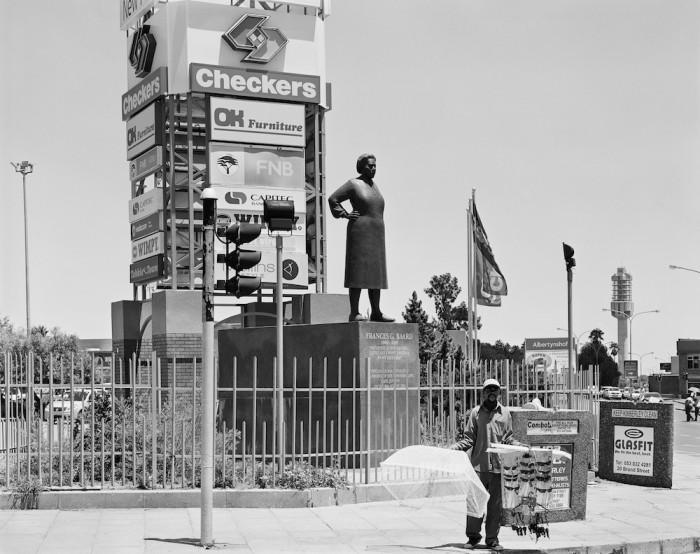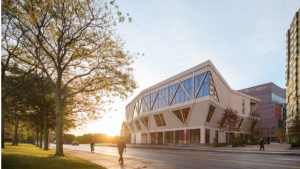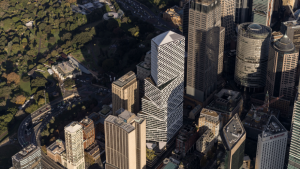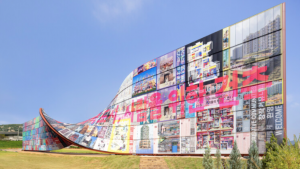Memorialising is a practice as old and varied as humankind itself. Tombstones and monuments, museums and murals, architecture and the act of memorialisation have been intricately linked for eons.
Just think of some of the world’s most iconic structures: the ancient pyramids in Egypt that honoured pharaohs who died, or the Taj Mahal in India built by the emperor as a monument to his late wife.
These structures provide a space where people can connect with those who have passed and reflect on the significance of the circumstances that led to their death.
The fight for independence
This Heroes Monument in Bogota, Colombia, which commemorates important dates, battles and battalions of the country’s fight for independence, has been given a second life as a vibrant cultural space that now embodies the past, the present and the possible future. Read more about the conversion here.
RIP Madiba
Shortly after the beloved South African statesmen passed away, Cape Town-based street artist Freddy Sam unveiled a ten-storey tall mural of Madiba in the inner city of Johannesburg. The mural recreates an iconic image by photographer Bob Gosani of Mandela as a young man boxing. See more of the mural here.
9/11 Remembered
The 9/11 Memorial Museum, which opened its doors earlier this year, uses the personal accounts and memories of over 10 000 people as a springboard into recounting the event. Read more about Local Project’s design of these storytelling exhibits here.
Apartheid and democracy
David Goldblatt has been photographing South African structures for a very long time. For more than three decades he has traversed the country and captured buildings, monuments and public sculpture that express the values, power relationships and historical narratives of the country. In his latest exhibition he looks at post-Apartheid memorials. See more here.

